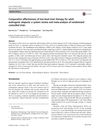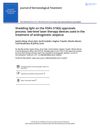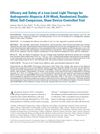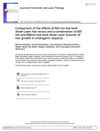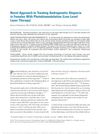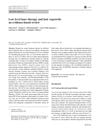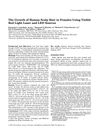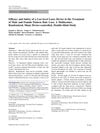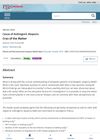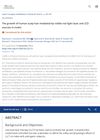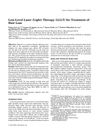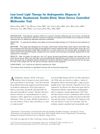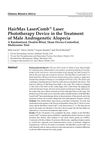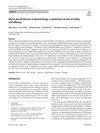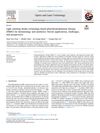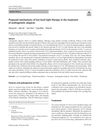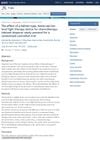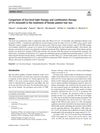Photobiomodulation: The Clinical Applications of Low-Level Light Therapy
January 2021
in “
Aesthetic Surgery Journal
”
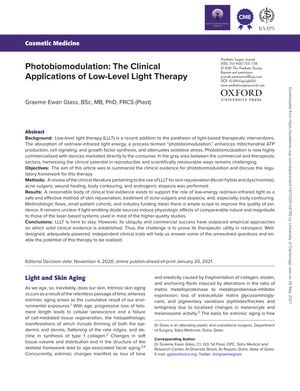
TLDR Low-Level Light Therapy (LLLT) is a safe and effective method for skin rejuvenation, acne treatment, wound healing, body contouring, and hair growth, but more well-designed trials are needed for confirmation.
The document discusses the clinical applications of Low-Level Light Therapy (LLLT), or photobiomodulation, in various fields including skin rejuvenation, acne vulgaris, wound healing, body contouring, and androgenic alopecia. LLLT uses red/near-infrared light energy to enhance cellular processes and reduce oxidative stress. Clinical trials suggest it is a safe and effective method for these applications, but the quality of evidence needs improvement due to methodological flaws and small patient cohorts. In a study with 6 volunteers, LLLT increased dermal fibroblast activity and metabolic activity. A trial with 107 acne patients showed significant improvement with a combination of blue and red light. A meta-analysis of 11 trials with 667 subjects showed LLLT improved hair density and thickness. However, the document concludes that more well-designed, independent clinical trials are needed to answer unresolved questions.
